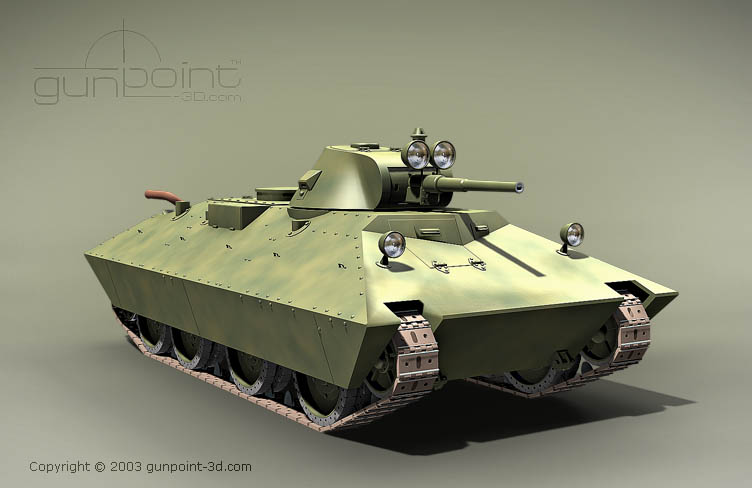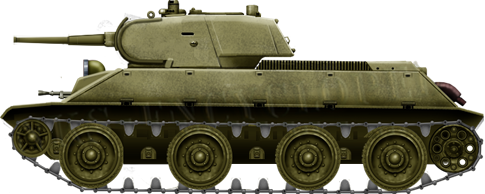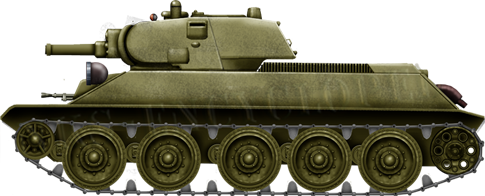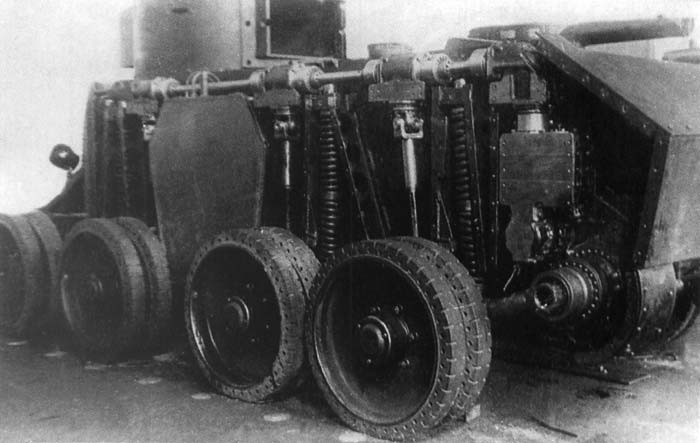In basic concept the T34 was a great tank for 1940. In 1943 it was aged in comparison to the new T20...T26 design of the US, or Centurion prototype in Britain.
...
This is a falty comparison. The T34 was not a 1943 tank, so of course it does not compare well to the later designs. T...
I was not comparing, I was pointing out the proper era to compare the T34.






